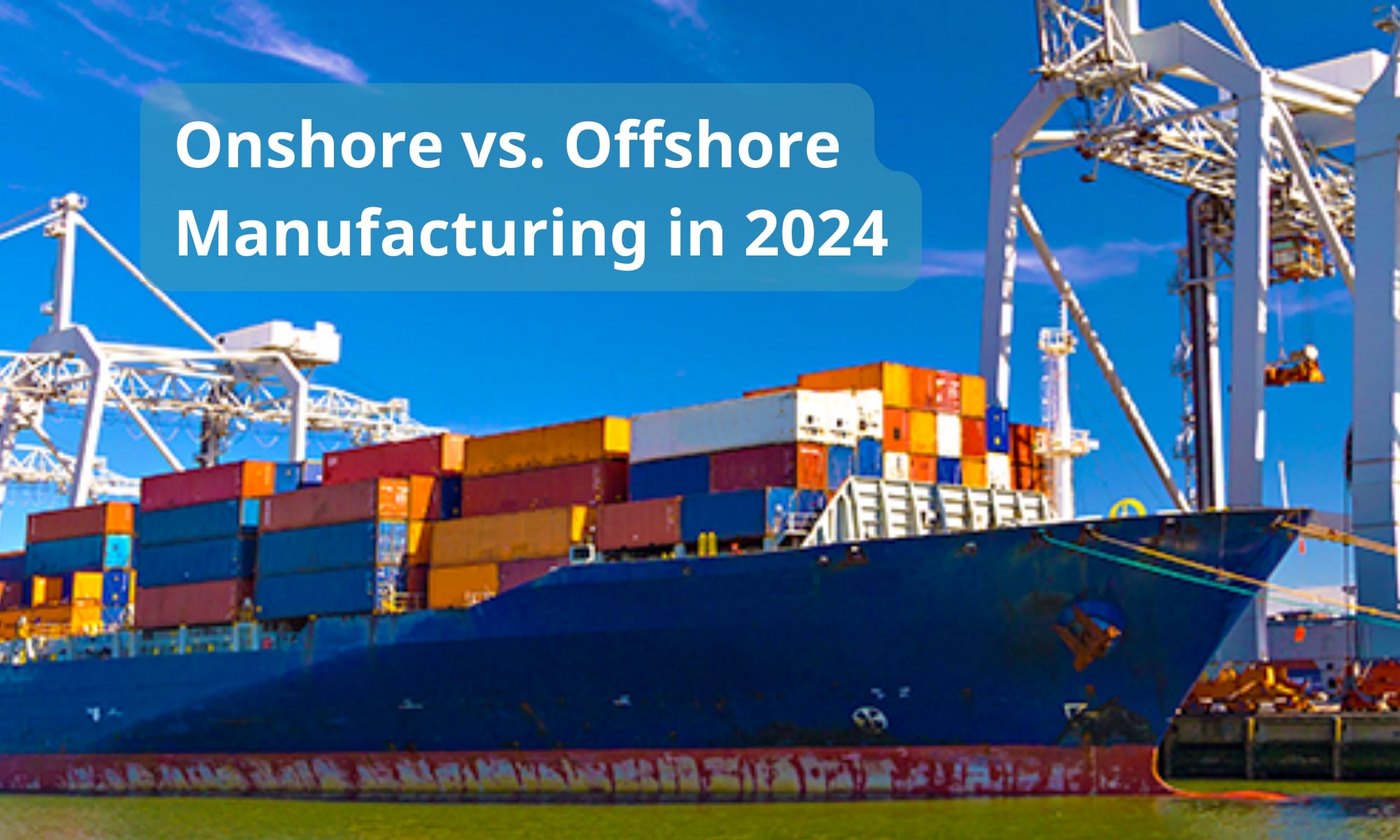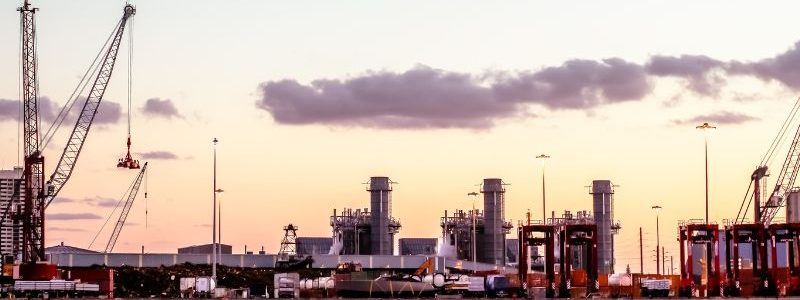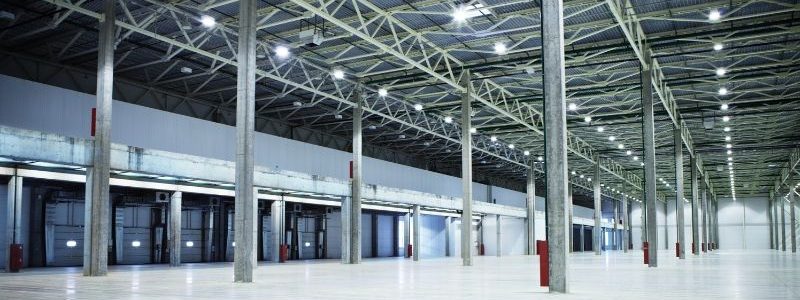With the current events that are happening, it’s a good idea to start looking into methods to liquidate assets without losing access to them, such as a sale-leaseback transaction.
As the challenges in the real estate market are post-pandemic meaning many small-scale businesses must operate cautiously.
On the other hand, businesses with enormous financial potential have increased their property-seeking operations.
According to the Ministry of Planning and Investment, there were 370 Industrial Zones (IZs) around the nation in Q1/2021, spanning an area of 115,200 hectares. There are 328 of them operating outside economic zones (EZs), 24 in coastal EZs, and eight in border EZs.
The anticipated flow of relocations out of China in 2021 and 2022 will need a greater supply of factories and real estate, capable of accommodating higher-value industrial expenditures.
What is a sale-leaseback transaction?
A sale-leaseback deal enables owners of physical property, such as real estate, to free up balance sheet resources while retaining the right to use the asset.
It is a frequent technique for firms that purchase real estate or industrial property and turn it into cash to support operations.
A sale-leaseback transaction is a kind of financial leverage in which one party (the seller/tenant) holds an asset and sells it to a second party (the investor/landlord).
How does a sale-leaseback transaction work?
A sale-leaseback agreement for real estate consists of two agreements:
- The actual owner of the property offers to sell it to an individual at a fixed price.
- The new owner offers to lease the property back to the original tenant on a long-term leaseback basis, thus establishing them as the landlord.
This deal enables a seller to retain the occupancy of a property when selling it to an investor.
Meanwhile, the owner is purchasing a property that already has a long-term tenant in place, allowing them to begin earning cash flow immediately.
Due to the length of time and quantity of agreements to be written and signed, it is recommended that a professional real estate agency, ideally one with expertise in executing sale-leaseback transactions, be employed to help both parties with the transaction.
They would assist you in analyzing the asset’s property and building values, proposing a monthly rental charge to guarantee a good ROI for the buyer-lessor and assisting both parties in cementing attractive lease terms following current market practice.
A sale-leaseback transaction is influenced by the following factors
- Selecting a rental rate
When structuring a sale-leaseback, the first decision to make is the amount of rent to pay and if it is prudent to keep costs low. Higher rent results in a higher sale price.
In general, choose a rent that is comparable to the market rate for similar spaces. As a result, the investor would not see the asset as presenting an unfair risk if the tenant vacates the premises and the landlord cannot re-tenant it.
- Choosing a lease and option term
The majority of sale-leaseback transactions have an initial lease period of at least ten years, and owners often pay a premium for lease periods above the industry norm of 25 years.
The owners who purchase this property want long-term steady cash flow, a longer leasing term, and an exit strategy.
- Accounting methodology
A sale-leaseback transaction will help save money on taxes instead of depreciating the property and expanding mortgage rates.
Furthermore, leases are currently treated as off-balance-sheet transactions, reducing the company’s leverage and equity burden while improving its operating ratios.
Another crucial factor to consider is the annual rate hikes included in the lease contract. Whether the growth is 3% or 5% after the first year, it will have a substantial influence on the investor’s yield after the 5 or 10-year period.
Differentiate sale-leaseback transactions in the industrial property sector and others
In general, sale-leaseback transactions, despite variation in industries, all have the same basis.
An equipment selling leaseback is a straightforward finance arrangement in which an enterprise that holds critical business equipment and machinery agrees to sell those properties to an investor in exchange for entering into a lease deal to make rental payments for a specified time.
Sale-Leasebacks in Vietnam
Although increasing in popularity, sale-leasebacks are still underutilized in Vietnam. Many manufacturers and logistics companies are not aware of this method as a potential means of financing. However, some international and even local investors are starting to pave the way.
Recently, Savills Industrial Vietnam brokered a successful sale-leaseback of 36,000 m2 GFA of warehouse space in Di An, Binh Duong. The property was purchased for over US$20 million and leased back to the tenant on a 5 + 5-year lease term and providing a net initial yield of over 9% for the investor.
Will sales-leasebacks become more popular in the coming years?
As it is clear that companies have been fighting to stay afloat during the worldwide pandemic, they want cash flow to continue running without having to sell their property at a loss or borrow from banks. Sale-leaseback can be the best solution for this.
As businesses realize the value in this solution in assisting them to enhance and build their firm more quickly in Vietnam’s dynamically increasing and growing market.
Furthermore, experienced net lease investors are completing transactions quickly, which is especially appealing to businesses that would otherwise have to deal with slow-performing banks. To succeed, the property owner must have a compelling reason, a solid foundation, and appealing real estate.












